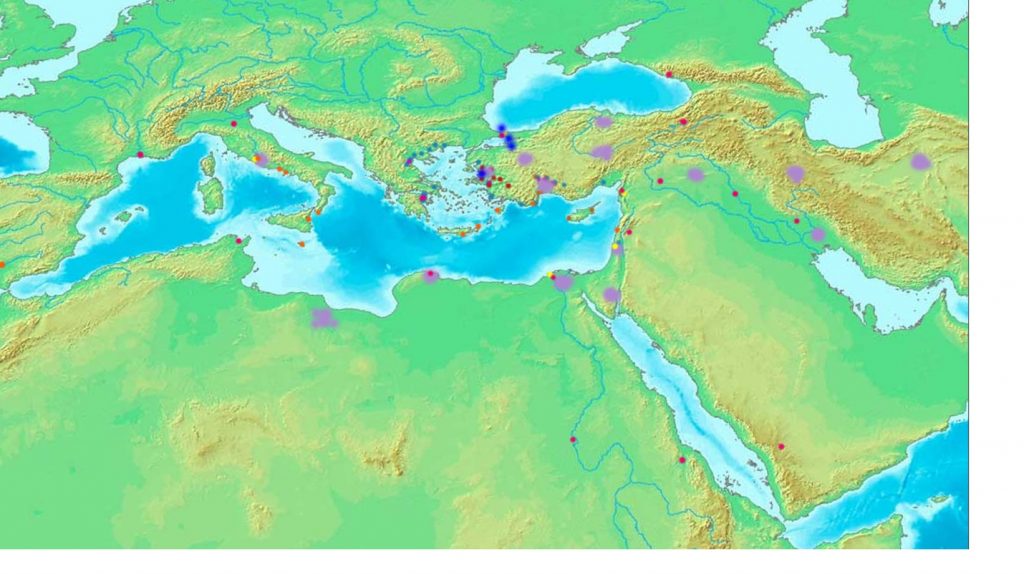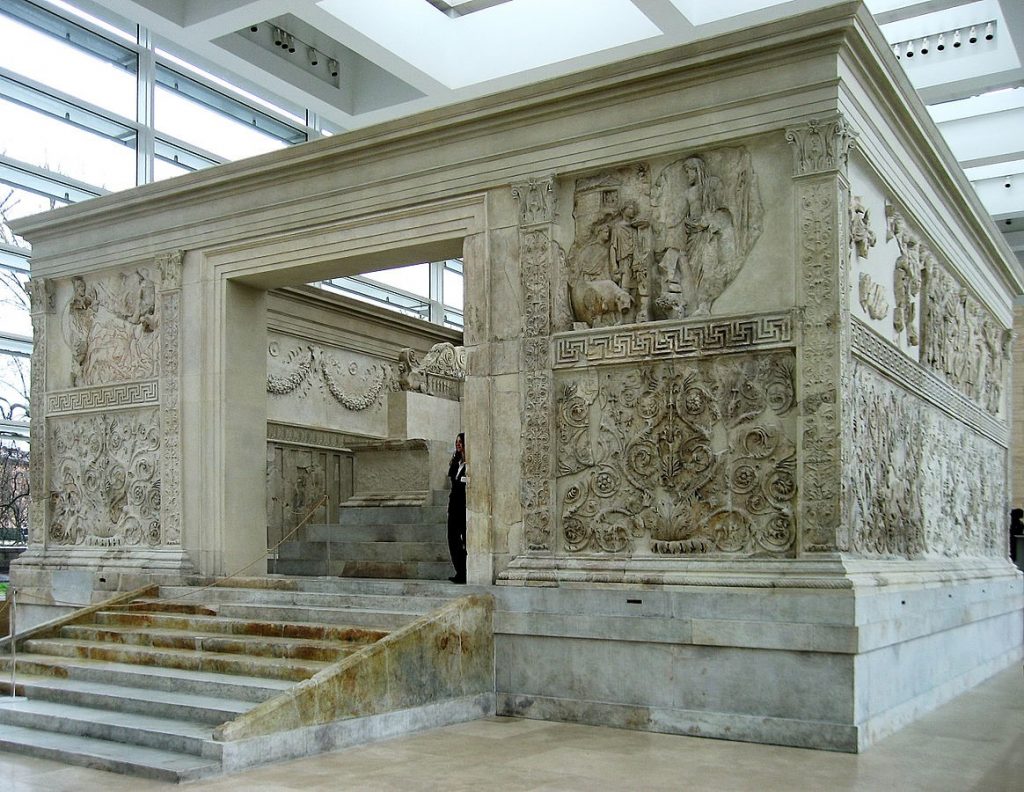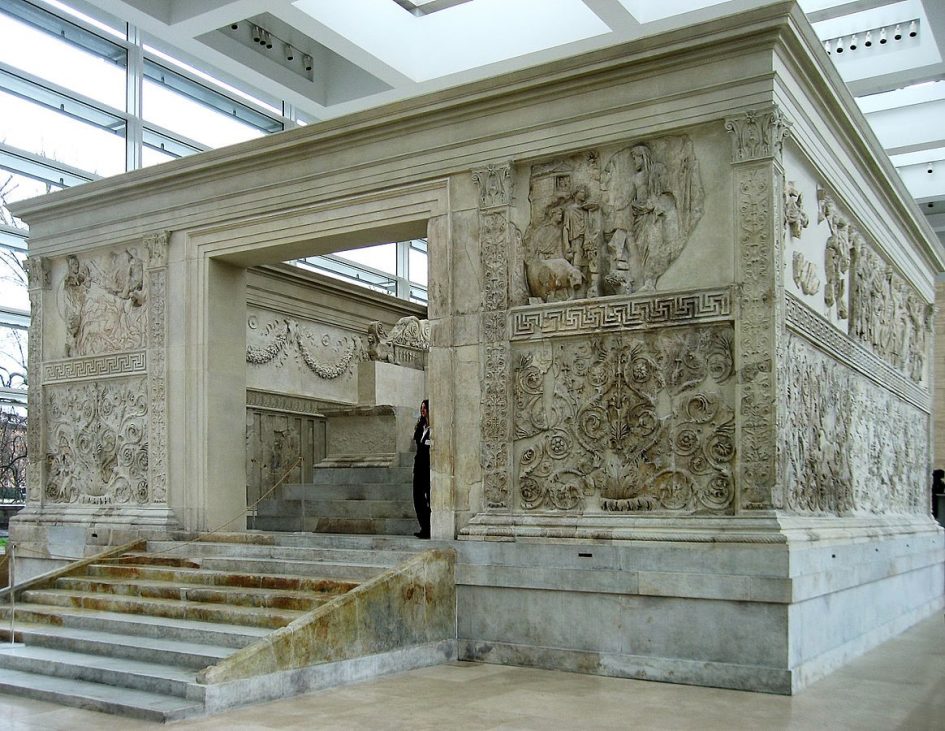First Letter of Peter opens with an address to certain territories to which he addresses his correspondence:
“Peter, an apostle of Jesus Christ, to the elect living as exiles and scattered in Pontus, Galatia, Cappadocia, Asia, and Bithynia.”[1]
We can infer that this letter was intended as something of a circular – perhaps multiple copies would be sent to a church in each region with instructions to pass it along, or perhaps a carrier would make the rounds. And yet, before continuing, wrestling with the rather dense second verse, let us pause and reflect on the five regions mentioned. Pontus and Cappadocia only appear once more in the New Testament, mentioned as source of those assembled in Acts 2, as are Galatia and Asia. Bithynia is only mentioned as a location from which the ‘spirit’ directed Paul away, and instead across the Hellespont to Greece.[2] Where exactly are these regions, anyway?
These five regions are provinces in Roman Asia Minor, modern day Turkey. Before zooming in too closely to this region, let’s first consider a rather informal map of the early Christian world.

We see locations in purple from where (and presumably to where) a large gathering assembled in the Temple on the day of Pentecost. We see Paul’s missionary journeys (orange/small blue), the churches addressed in Revelation (red), sites of the first four ecumenical councils (large blue), and other miscellaneous sites (red/yellow). In contrast to much popular thought which tends to overlook the role of Asia Minor in Christianity’s development in favor of Rome, Alexandria, Antioch, or Jerusalem, the five provinces mentioned in 1 Peter 1 were at the crossroads of early Christian experience.

In fact, Asia Minor had long been at the crossroads of empires, traversed by the Hittites, Persians, Greeks, and Romans: the landscape allowed many small kingdoms to thrive. The borders of the kingdoms (and even the later Roman provinces) were unstable, so even the associated map is only an approximation at a particular point in time.
Rome armies and diplomacy finally completed the conquest of Asia Minor in 60BC, ninety years prior to Jesus’ crucifixion, and 150 years before the penning of 1 Peter. It also had a reasonably sized Jewish population – some 2000 Jewish families from Mesopotamia were relocated here as a military colony (c. 200BC)[3],
and we have complaints from Cicero about the amount of money directed from Asia Minor to Jerusalem.[4]
The religious landscape was diverse. The many local deities had mostly ‘merged’ with the Greco-Roman pantheon, though many survived as ‘mystery cults’, including that of Cybele which became popular in the city of Rome.
With the rise of the imperial cult under the Emperor Augustus around the time of Jesus, Asia Minor proudly boasted some 77 temples devoted to the imperial cult.

In the next section, we’ll explore the regions themselves.
[1] 1 Peter 1.1
[2] See Acts 16.7
[3] Josephus, Antiquities 12.3.4
[4] Cicero, Pro Flacco.
